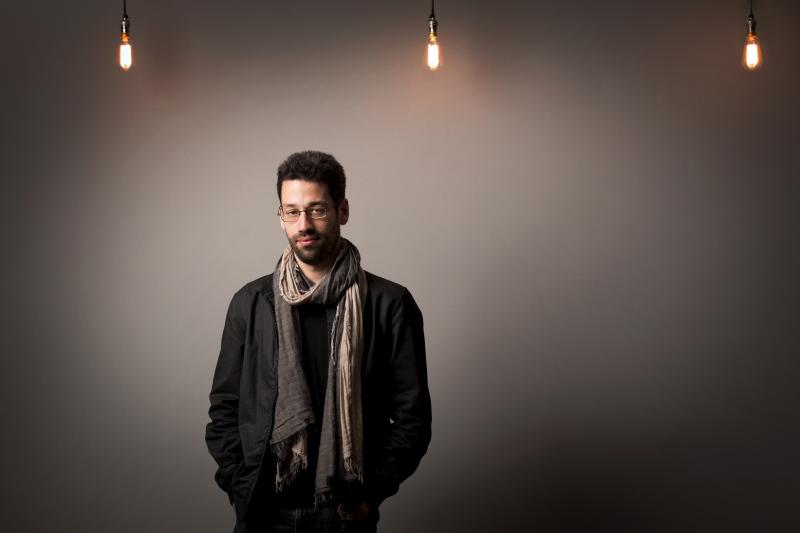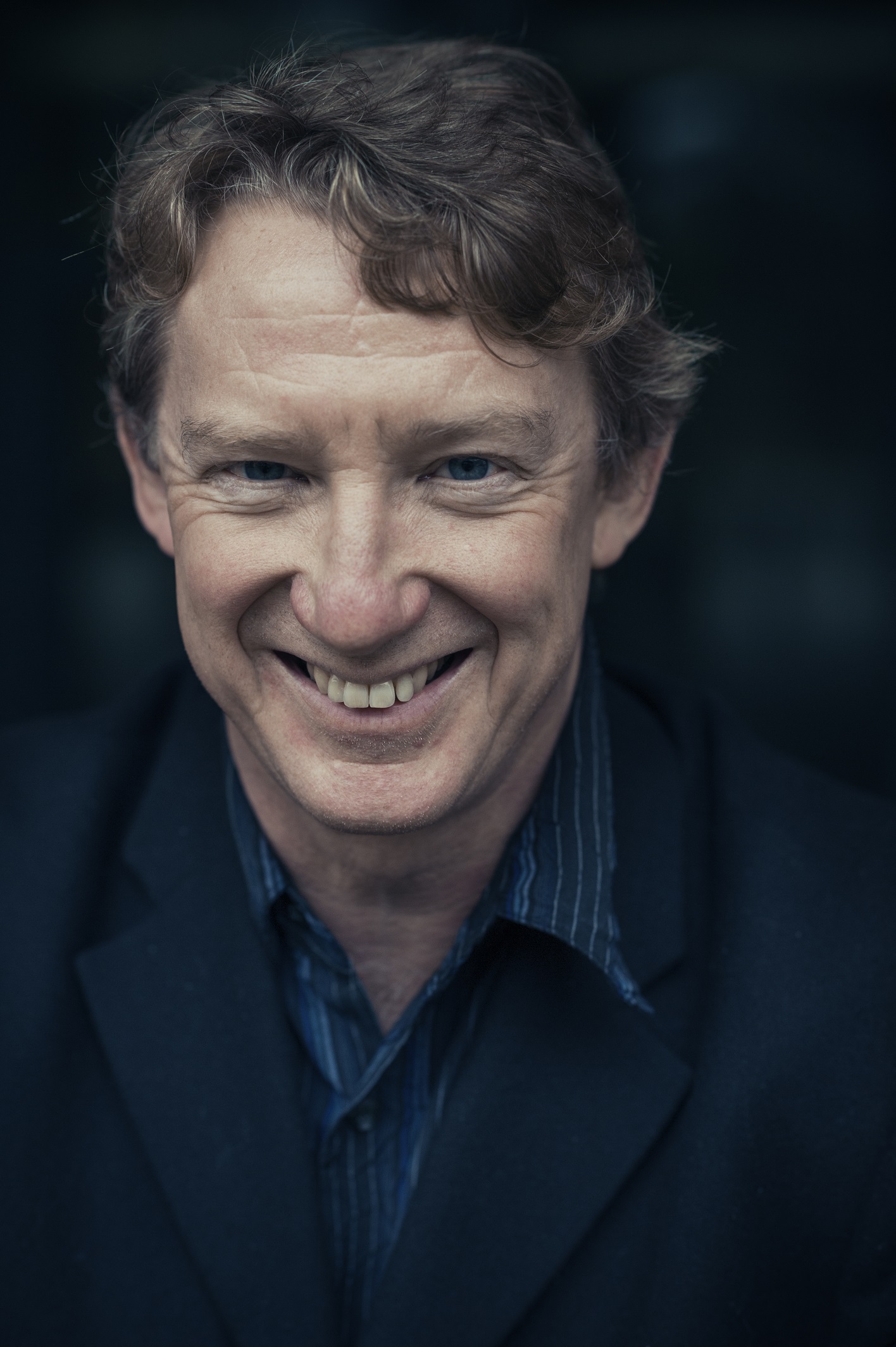Biss, Philharmonia, Boyd, RFH review – compulsive life-force | reviews, news & interviews
Biss, Philharmonia, Boyd, RFH review – compulsive life-force
Biss, Philharmonia, Boyd, RFH review – compulsive life-force
Polished Mozart complements late Schubert living in the moment

Mozart in E flat (the Overture to The Marriage of Figaro) and in G (the K.453 Piano Concerto), and Schubert in C – the “Great” C major Symphony, no less – ushered spring into the Festival Hall on a warm and sunny Su
Slimmed down to a pocket Philharmonia during the first half, the orchestra sounded a touch scrappy and a size too small for the hall during the overture. Having fluffed the concerto’s opening line, they also took a while to settle and attune themselves to the supple and urbane manner of soloist Jonathan Biss.
 Not yet 40, Biss (main picture) plays with the relaxed and modest authority of a Mozartian éminence grise such as his compatriot Richard Goode. At ease both in and out of the limelight, he commanded a listener’s close attention with freshly minted ornamentation from his first entry onwards, while gracefully ceding prominence in dialogue over some of Mozart’s happiest melodic inspirations. K.453 dates from the fruitful year of 1784, and shining from its affectionate disposition is the respect and mutual understanding between the composer and one of his favourite pupils, Barbara Ployer.
Not yet 40, Biss (main picture) plays with the relaxed and modest authority of a Mozartian éminence grise such as his compatriot Richard Goode. At ease both in and out of the limelight, he commanded a listener’s close attention with freshly minted ornamentation from his first entry onwards, while gracefully ceding prominence in dialogue over some of Mozart’s happiest melodic inspirations. K.453 dates from the fruitful year of 1784, and shining from its affectionate disposition is the respect and mutual understanding between the composer and one of his favourite pupils, Barbara Ployer.
Self-effacing even in his cadenzas, Biss touched on darker feelings in the Andante without introducing either a false note of tragedy or the kind of percussive attack that so often throws rocks into Mozart’s stream of invention. There is the reassuring quality of repeatability about his Mozart: he gave at least the impression that he could address himself to the concerto a hundred times and fall in love with it anew on each occasion.
By way of contrast, the “Great” C major lived very much as a creature of the moment. On another day the first oboe would not have been dealing with a recalcitrant instrument; the trio of trombones could have made a less plain-spoken contribution; the long finale repeat might have been taken, making for a both complete and completely satisfying performance. But this summer’s journey of a symphony resists a culture of perfection.
Douglas Boyd (pictured above right by Jean-Baptiste Millot) set a lively pace from the outset, but it was the dynamic balance of his unfussy direction that lent the performance its cumulative strength and continual, gripping momentum. He knew what he wanted to hear at every turn and we heard it too, from the dawn light of the opening horn call to the baritonal night-songs of cellos and bassoons. Only in the build-up to the second movement’s psychological crisis did he lose control of the music’s internal perspectives, and never quite recovered the necessary pathos. The Scherzo’s Trio was infused with wine-soaked nostalgia, and the finale’s endless dance stayed light on its feet to the end thanks to the stamina of the strings and the accents and attacks cultivated by Boyd, who as principal oboe of the Chamber Orchestra of Europe played the symphony often enough under Claudio Abbado to communicate for himself its elemental vitality.
rating
Explore topics
Share this article
The future of Arts Journalism
You can stop theartsdesk.com closing!
We urgently need financing to survive. Our fundraising drive has thus far raised £49,000 but we need to reach £100,000 or we will be forced to close. Please contribute here: https://gofund.me/c3f6033d
And if you can forward this information to anyone who might assist, we’d be grateful.

Subscribe to theartsdesk.com
Thank you for continuing to read our work on theartsdesk.com. For unlimited access to every article in its entirety, including our archive of more than 15,000 pieces, we're asking for £5 per month or £40 per year. We feel it's a very good deal, and hope you do too.
To take a subscription now simply click here.
And if you're looking for that extra gift for a friend or family member, why not treat them to a theartsdesk.com gift subscription?
more Classical music
 Bizet in 150th anniversary year: rich and rare French offerings from Palazzetto Bru Zane
Specialists in French romantic music unveil a treasure trove both live and on disc
Bizet in 150th anniversary year: rich and rare French offerings from Palazzetto Bru Zane
Specialists in French romantic music unveil a treasure trove both live and on disc
 Scottish Chamber Orchestra, Ibragimova, Queen’s Hall, Edinburgh review - rarities, novelties and drumrolls
A pity the SCO didn't pick a better showcase for a shining guest artist
Scottish Chamber Orchestra, Ibragimova, Queen’s Hall, Edinburgh review - rarities, novelties and drumrolls
A pity the SCO didn't pick a better showcase for a shining guest artist
 Kilsby, Parkes, Sinfonia of London, Wilson, Barbican review - string things zing and sing in expert hands
British masterpieces for strings plus other-worldly tenor and horn - and a muscular rarity
Kilsby, Parkes, Sinfonia of London, Wilson, Barbican review - string things zing and sing in expert hands
British masterpieces for strings plus other-worldly tenor and horn - and a muscular rarity
 From Historical to Hip-Hop, Classically Black Music Festival, Kings Place review - a cluster of impressive stars for the future
From quasi-Mozartian elegance to the gritty humour of a kitchen inspection
From Historical to Hip-Hop, Classically Black Music Festival, Kings Place review - a cluster of impressive stars for the future
From quasi-Mozartian elegance to the gritty humour of a kitchen inspection
 Shibe, LSO, Adès, Barbican review - gaudy and glorious new music alongside serene Sibelius
Adès’s passion makes persuasive case for the music he loves, both new and old
Shibe, LSO, Adès, Barbican review - gaudy and glorious new music alongside serene Sibelius
Adès’s passion makes persuasive case for the music he loves, both new and old
 Anja Mittermüller, Richard Fu, Wigmore Hall review - a glorious hall debut
The Austrian mezzo shines - at the age of 22
Anja Mittermüller, Richard Fu, Wigmore Hall review - a glorious hall debut
The Austrian mezzo shines - at the age of 22
 First Person: clarinettist Oliver Pashley on the new horizons of The Hermes Experiment's latest album
Compositions by members of this unusual quartet feature for the first time
First Person: clarinettist Oliver Pashley on the new horizons of The Hermes Experiment's latest album
Compositions by members of this unusual quartet feature for the first time
 Gesualdo Passione, Les Arts Florissants, Amala Dior Company, Barbican review - inspired collaboration excavates the music's humanity
At times it was like watching an anarchic religious procession
Gesualdo Passione, Les Arts Florissants, Amala Dior Company, Barbican review - inspired collaboration excavates the music's humanity
At times it was like watching an anarchic religious procession
 Classical CDs: Camels, concrete and cabaret
An influential American composer's 90th birthday box, plus British piano concertos and a father-and-son duo
Classical CDs: Camels, concrete and cabaret
An influential American composer's 90th birthday box, plus British piano concertos and a father-and-son duo
 Cockerham, Manchester Camerata, Sheen, Martin Harris Centre, Manchester review - re-enacting the dawn of modernism
Two UK premieres added to three miniatures from a seminal event of January 1914
Cockerham, Manchester Camerata, Sheen, Martin Harris Centre, Manchester review - re-enacting the dawn of modernism
Two UK premieres added to three miniatures from a seminal event of January 1914
 Kempf, Brno Philharmonic, Davies, Bridgewater Hall, Manchester review - European tradition meets American jazz
Bouncing Czechs enjoy their Gershwin and Brubeck alongside Janáček and Dvořák
Kempf, Brno Philharmonic, Davies, Bridgewater Hall, Manchester review - European tradition meets American jazz
Bouncing Czechs enjoy their Gershwin and Brubeck alongside Janáček and Dvořák
 Solomon, OAE, Butt, QEH review - daft Biblical whitewashing with great choruses
Even a top soprano and mezzo can’t make this Handel paean wholly convincing
Solomon, OAE, Butt, QEH review - daft Biblical whitewashing with great choruses
Even a top soprano and mezzo can’t make this Handel paean wholly convincing

Add comment